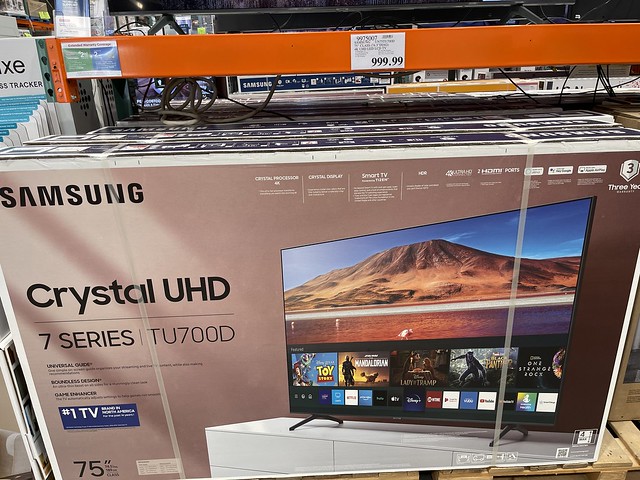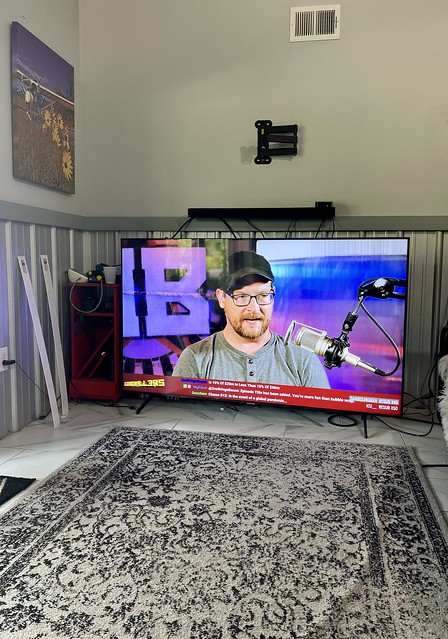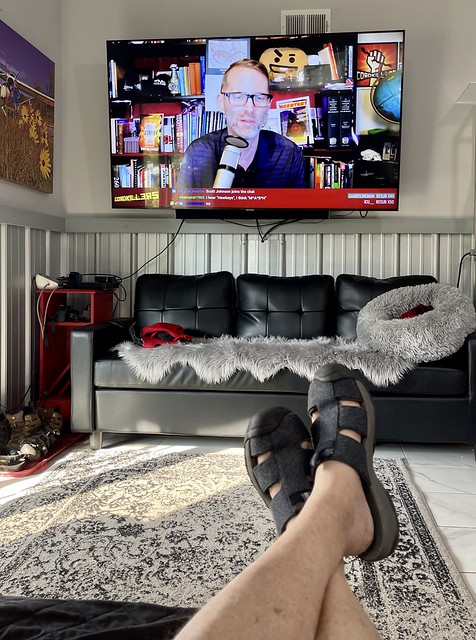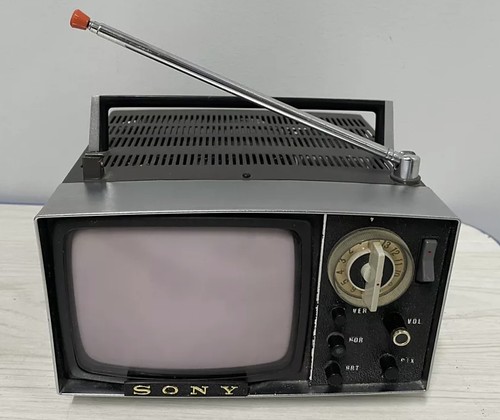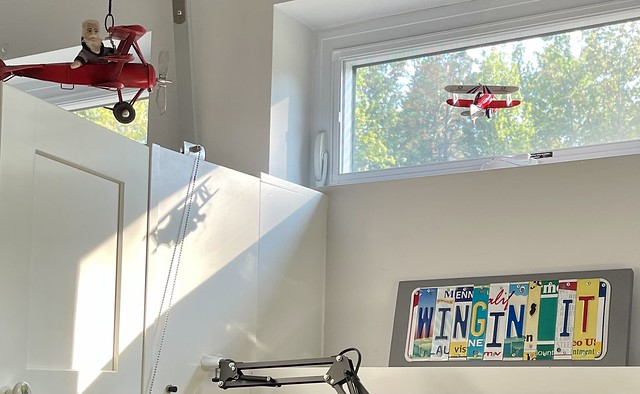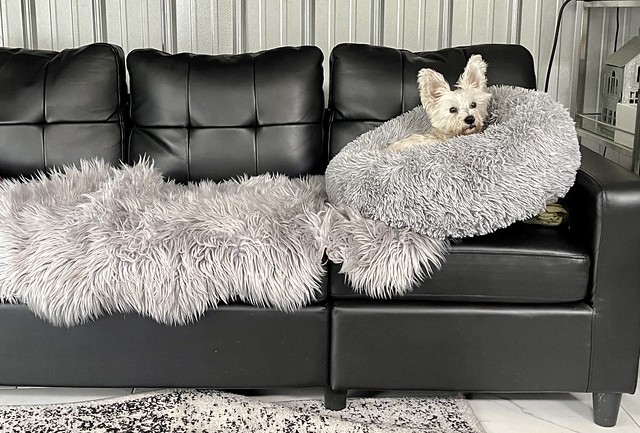FastEddieB
Touchdown! Greaser!
- Joined
- Oct 14, 2013
- Messages
- 11,419
- Location
- Lenoir City, TN/Mineral Bluff, GA
- Display Name
Display name:
Fast Eddie B
Karen and I are ready to splurge on a new TV to replace an aging 47” Vizio that will be shuffled to our guest room.
An entry level 70” Samsung LED goes for about $699. Step up to “QLED” and they jump quickly to $1,099 to $1,349 and up. Of course above that level are OLED models that can run up to several thousand dollars, but with our aging eyes I don’t think we can justify that sort of craziness for a small difference in color gamut, blacker blacks or whatever they advertise as improvements.
Any thoughts? Wondering what others here have decided upon. Since we keep TV’s a long time, a few hundred dollars more initially is not a huge hurdle.
Notes:
1) We are pretty committed to Samsung - we’ve had excellent service from their electronics over the years.
2) We measured our viewing distance as about 11’, and various online guides suggest 70” - or even larger - would not be too large.
3) Our convenient local shopping options are Best Buy, Costco and Walmart.
4) Most of our content is via an Apple TV, which we’ll be upgrading to a 4k model so our existing Apple TV can migrate with our old TV to our guest room. So “Smart TV” features are relatively unimportant.
An entry level 70” Samsung LED goes for about $699. Step up to “QLED” and they jump quickly to $1,099 to $1,349 and up. Of course above that level are OLED models that can run up to several thousand dollars, but with our aging eyes I don’t think we can justify that sort of craziness for a small difference in color gamut, blacker blacks or whatever they advertise as improvements.
Any thoughts? Wondering what others here have decided upon. Since we keep TV’s a long time, a few hundred dollars more initially is not a huge hurdle.
Notes:
1) We are pretty committed to Samsung - we’ve had excellent service from their electronics over the years.
2) We measured our viewing distance as about 11’, and various online guides suggest 70” - or even larger - would not be too large.
3) Our convenient local shopping options are Best Buy, Costco and Walmart.
4) Most of our content is via an Apple TV, which we’ll be upgrading to a 4k model so our existing Apple TV can migrate with our old TV to our guest room. So “Smart TV” features are relatively unimportant.
Last edited:

